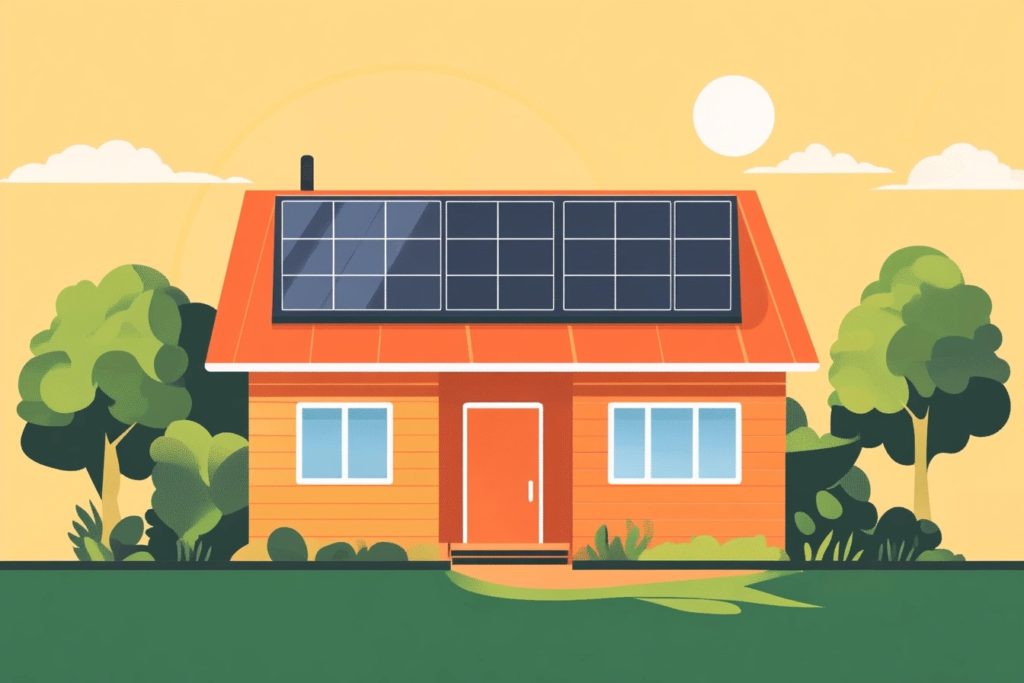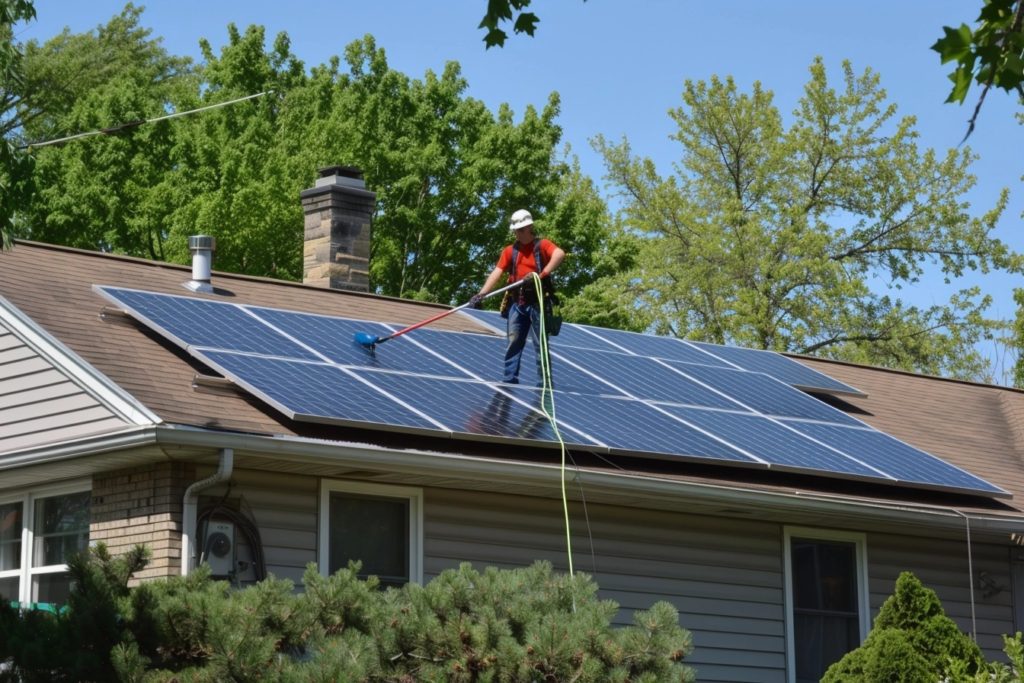
Whether you’re a homeowner or a business owner, if you want to use solar to power your building, you’ll need to determine the level of solar panel output you require. There are a few main factors that go into this determination, including the efficiency of the panels you install, how many hours of sunlight the panels will receive on an average day, and the direction and location of the panel installation.
The first step is to figure out the answer to a very important question: how many watts does a solar panel produce? Depending on the brand and rating of solar panels you decide to buy, you’ll likely receive somewhere between 250 watts and 400 watts from each one. However, just because your panels are rated to produce 350 watts doesn’t mean they’ll always pump out that much power.
Still, wattage ratings are valuable because they indicate how much power a solar panel is capable of producing under Standard Test Conditions, or STC for short. Standard Test Conditions analyze the typical power output when the solar panel operates at a temperature of 77 degrees Fahrenheit, with 1,000 watts of solar irradiance per square meter and a 1.5 air mass rating.
Therefore, if your solar panels are rated at 350 watts, this means they’ll produce 350 watts under STC settings. Of course, solar panels installed on your roof won’t always be operating in ideal conditions, which is where the other determining factors come into play. One important variable is how efficient your panels are.
These days, most solar panels you’ll find will have an efficiency rating of 15-20%. What does this mean? If your solar panels are rated as 20% efficient, then 20% of the sunlight hitting that panel will be successfully converted into useable power.
There are some factors that can affect a solar panel’s efficiency rating, the most important of which is the reflectivity of the cells within the panel. Highly reflective cells don’t soak up as much solar energy as cells that are less reflective, so try to find the least-reflective panels possible to boost your efficiency. In addition, there are some environmental effects on efficiency as well, like shade from buildings or trees, snow covering the panels (either in full or in part), cloudy days, and dirty panels that need to be cleaned.
Another important aspect of solar panel power output is where your panels are installed, and the angle they’re positioned at. Different parts of the country typically receive varying levels of sun hours per day, and it’s crucial that you understand how many hours of power generation you can expect from your solar panels. Portions of Oregon and Washington receive an average of 3.5 daily sun hours, while parts of the Southwest can nearly double that figure.
Our favorite tool for determining the solar output potential of a specific location is the PVWatts Calculator from the National Renewable Energy Laboratory. All you need to do is enter your street address and the calculator will figure out how many hours of direct sunlight you can expect in each month. You can even enter details about your solar power system to get highly-specific estimates for the number of annual kilowatt-hours your system is capable of in your location.
One other important issue that can affect solar panel output is the direction your solar cells face. For nearly every American, you’ll want your panels to face either south or west to maximize your power potential. You should talk to your solar installer about which direction is the preferred option for your panels. For many applications, either west or south is fine, but depending on the slope and square footage of your roof (and some other factors), one or the other may better suit your specific needs.
If you contact LGCY Power, one of our Energy Consultants can help you determine the average solar panel output you can expect. If you would rather figure it out for yourself, we’ve actually figured out a quick and easy formula that can give you a rough estimate.
Simply multiply the wattage rating of your solar panels by the daily sun hours available at your location — you can take a look at the National Renewable Energy Laboratory’s solar resource maps to get a rough idea. Then, multiply that figure by 0.00075, and the resulting number is how many kilowatt-hours you can expect per day, per solar panel.
If you have questions, or even if you just want to discuss your options with one of our consultants, give LGCY Power a call today!




